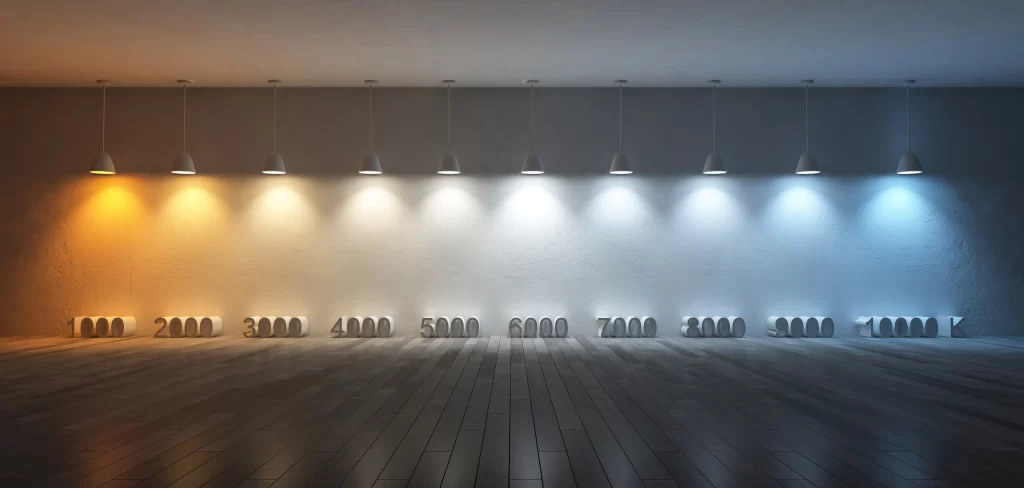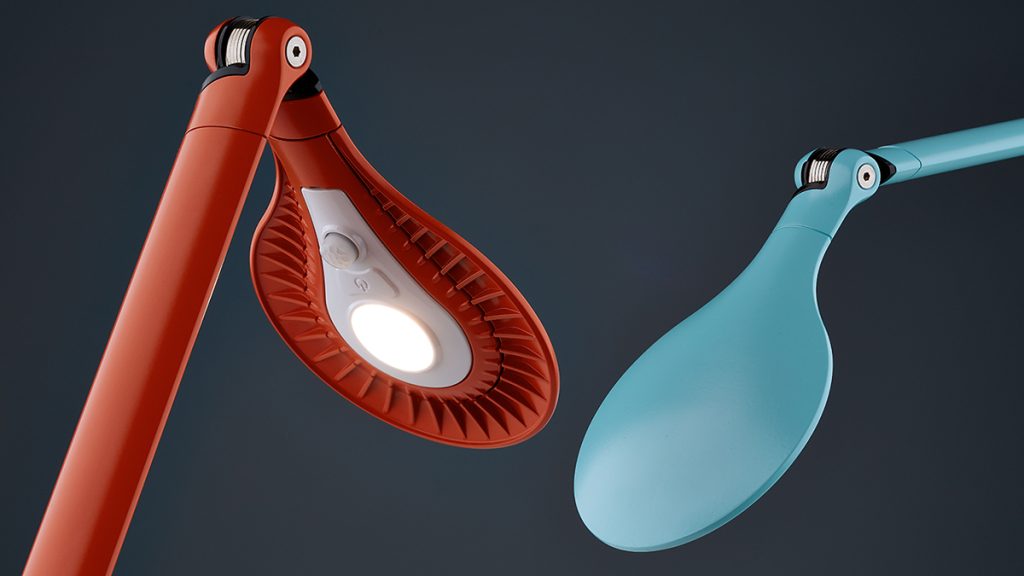There’s no shortage of options when it comes to shopping for task lighting fixtures. A quick Google search for ‘desk lighting’ will produce an infinite amount of options for nearly any taste or style preference. However, a purchase decision should not be made on aesthetic considerations alone. Task lighting can influence productivity, support general wellness, and has energy ramifications as well. Read on to learn what features are the most important for selecting a task light that is right for you.
Choose LED
There’s no shortage of evidence extolling the superiority of LED as an efficient light source. LED bulbs can last decades- upwards of 50,000 hours or more, at an average use of 5 hours per day. And they consume a fraction of the energy drawn by their incandescent, fluorescent, and halogen counterparts. By choosing LED, you’ll save money not just on bulb replacement costs but on office cooling costs as well. Incandescent and halogen bulbs expend 90% and 80% of their energy (respectively) as heat – not light, putting a heavier load on office cooling countermeasures. LEDs conversely flip the script and use 80% of their energy as light, with only 20% lost to heat.
Beyond their energy efficiency benefits, LEDs also contain no toxic compounds, such as mercury traditionally found in fluorescent lamps- making them the much greener, earth-friendlier alternative.
Make it adjustable
Your task light should be able to bend, flex, tilt and twist to position the light to where you need it the most without creating harmful and annoying glare. If you have a large desk surface, select a lamp with articulating arms and joints that allow for more precise placement. Additionally, here are a few useful tips regarding the size and placement of your light:
- Use your display monitor or laptop screen as a guideline for the height of your desk lamp. The chances of creating unwanted glare on your display are lower if the two are of similar height.
- For the best output, the ideal placement for the head of your lamp should be about 15” above your work surface.
Does it provide enough light?
As we age, the human eye undergoes physiological changes such as the thickening of its lens and the decrease in pupil size, both of which restrict the amount of light they allow into our eyes. Because of this, we naturally will require more light for visual tasks as we get older. For example, the Illuminating Engineering Society (IES) recommends 30 footcandles (a unit of light measurement) of illumination are needed for a 20-year-old to read 10-point type. At age 50, that recommendation doubles to 60 footcandles for this same task. At 60 years old, their guideline jumps to 75 footcandles to see the type with the same clarity the reader had at age 20.
| Age | Footcandles required |
|---|---|
| 20 | 30 |
| 50 | 60 |
| 60 | 75 |
Before making a task light purchase, pay close attention to its specifications to ensure it puts out the proper amount of footcandles with consideration to your age.
Light quality considerations
Two characteristics of light quality that you should consider are the color rendering index and the color temperature. Color rendering index, also known as the CRI value, describes how accurate or true-to-life the color of the object under the light appears. Daylight is considered the reference point of accurate color and registers a CRI of 100- the top of the scale. Look for a task light with a CRI value no less than 80.

Color temperature describes the visual warmth or coolness of light and is measured in units of Kelvin (K). The color temperature scale also mimics the natural spectrum of sunlight we see during the day. For general task work, an ideal color temperature range of 2700K – 4500K will suffice. For office-specific tasks such as reading, computing, filing, etc., look for a color temperature closer to 3500K.

Expect more than just light
Thanks to advancements in technology, today’s desk lamps can do more than take up space and light up a work surface. Look for features such as built-in USB charging ports that turn your light into a multi-tasking fixture that truly earns its place on your desktop. Some desk lights also include color temperature changing capabilities that allow the user to pair the color of light it emits with the time of day- honoring the body’s natural circadian rhythm.
LightCorp has task light options for both of these features and more! Find the perfect task light for your unique needs at LightCorp.com.

